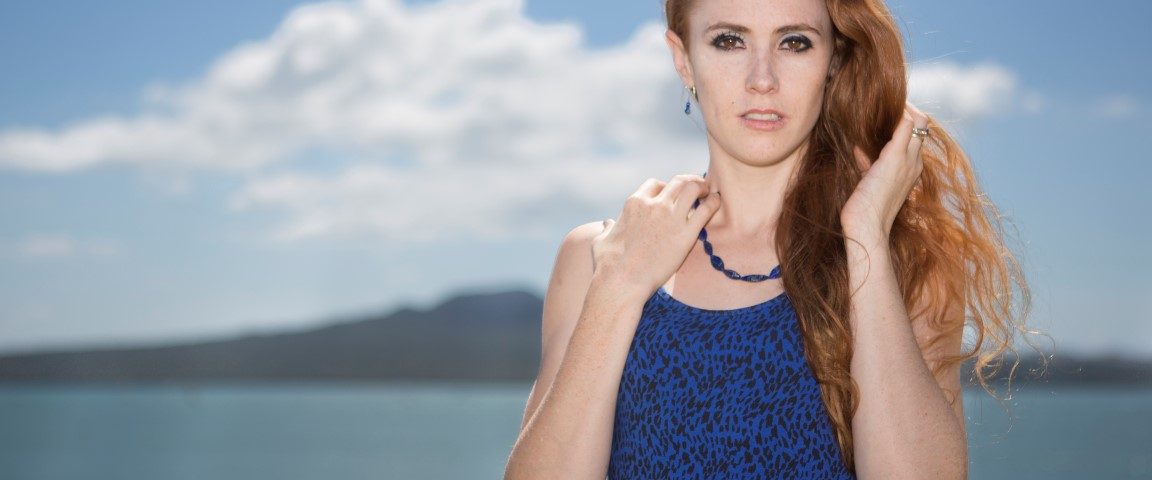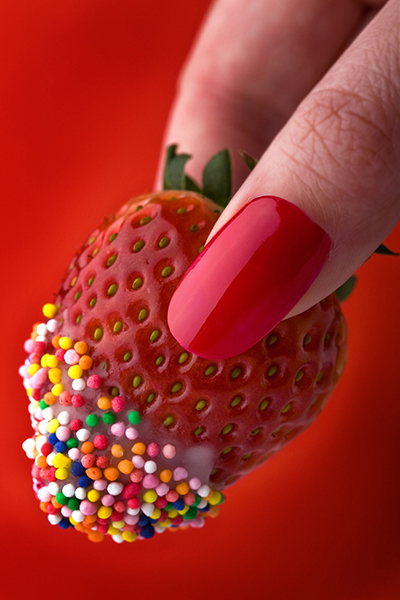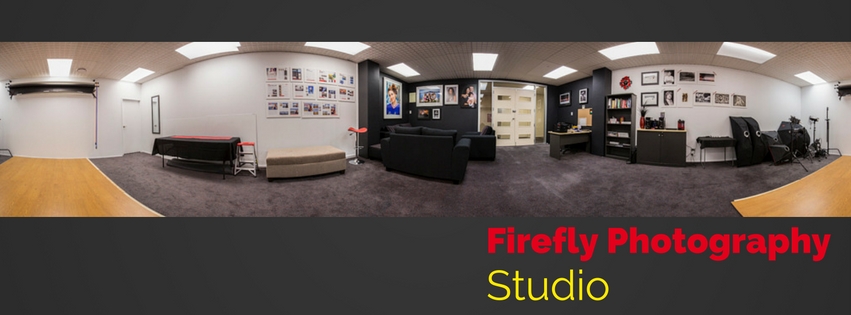Part 1 of a 2 part series on working in harsh light.
This article covers the basics and approach to using on-camera flash in bright sun. Off-camera flash will be discussed in issue 54.
Download the original article here.

Subscribe to our mailing list and get interesting stuff and updates to your email inbox.
Thank you for subscribing.
Something went wrong.
We respect your privacy and take protecting it seriously
Part 1 of a 2 part series on working in harsh light.
This article covers the basics and approach to using on-camera flash in bright sun. Off-camera flash will be discussed in issue 54.
Download the original article here.
As a flash user, sooner or later there will come a time when you need to pit your wits against the sun itself. This is not an impossible battle to win, but getting to a point where you’re able to consistently produce good images takes practice and a good understanding of the obstacles you need to overcome.
Before we get started, a few small disclaimers:
So let’s get into it.
Problems, problems, problems.
Only mad dogs and Englishmen go out in the midday sun, so the song goes.
Aside from the discomfort factor for both model and photographer, there are some very real issues with photographing in bright sunlight, and they can be immensely frustrating to deal with.
Which direction to shoot in?
The question is essentially an easy one to answer. A model facing into the sun is going to squint. Shoot with the sun behind your model. In this case, the sun was behind and to the right of the model. Her face is in shade which is comfortable for her, and also gives me a blank canvas (so to speak) for adding flash.
The balancing act between aperture and shutter speed.
This is essentially where things go awry for most photographers. There are 2 very conflicting considerations involved in a shoot like this – shallow depth of field for portraiture and shooting no faster than sync-speed when using flash.
Let’s explore this.
Before I started I took these 2 images to see what my exposure settings were.
At this stage, a few things are running through my head.
Workarounds.
Let’s start by taking a look at a progression of images, and the thought process behind them.
On-camera flash.
This is usually everyone’s starting point. The light is always with you, and there is no need to lug around a light stand or risk having the stand fall over and damage some pretty pricy gear.
Ok, so here we’ve gone back to the scenario above. Shooting at sync speed of 1/200 means that flash is happy, but does necessitate a small aperture with resultant increased depth of field. Flat lighting on the subject is certainly not hideous, but doesn’t have any real finesse.
Now to the other end of the spectrum – Shooting wide open to get a shallow depth of field. Shooting faster than sync speed requires the use of high-speed or focal plane sync. The loss of flash efficiency when using high speed sync is a potential issue. In this case it is doing the job just fine at 1/5000s because the wide aperture is letting in as much of that flash light as the lens is able to, and the relatively short flash-subject distance is also helping out. If we started moving away from the subject (if we were using a telephoto lens for instance) things would probably not work well.
As always, I hope this has taught you something and given you a better grasp of the fundamentals behind shooting in bright light – the next article will focus on off-camera flash techniques in bright sun.
As always, Happy flashing!

